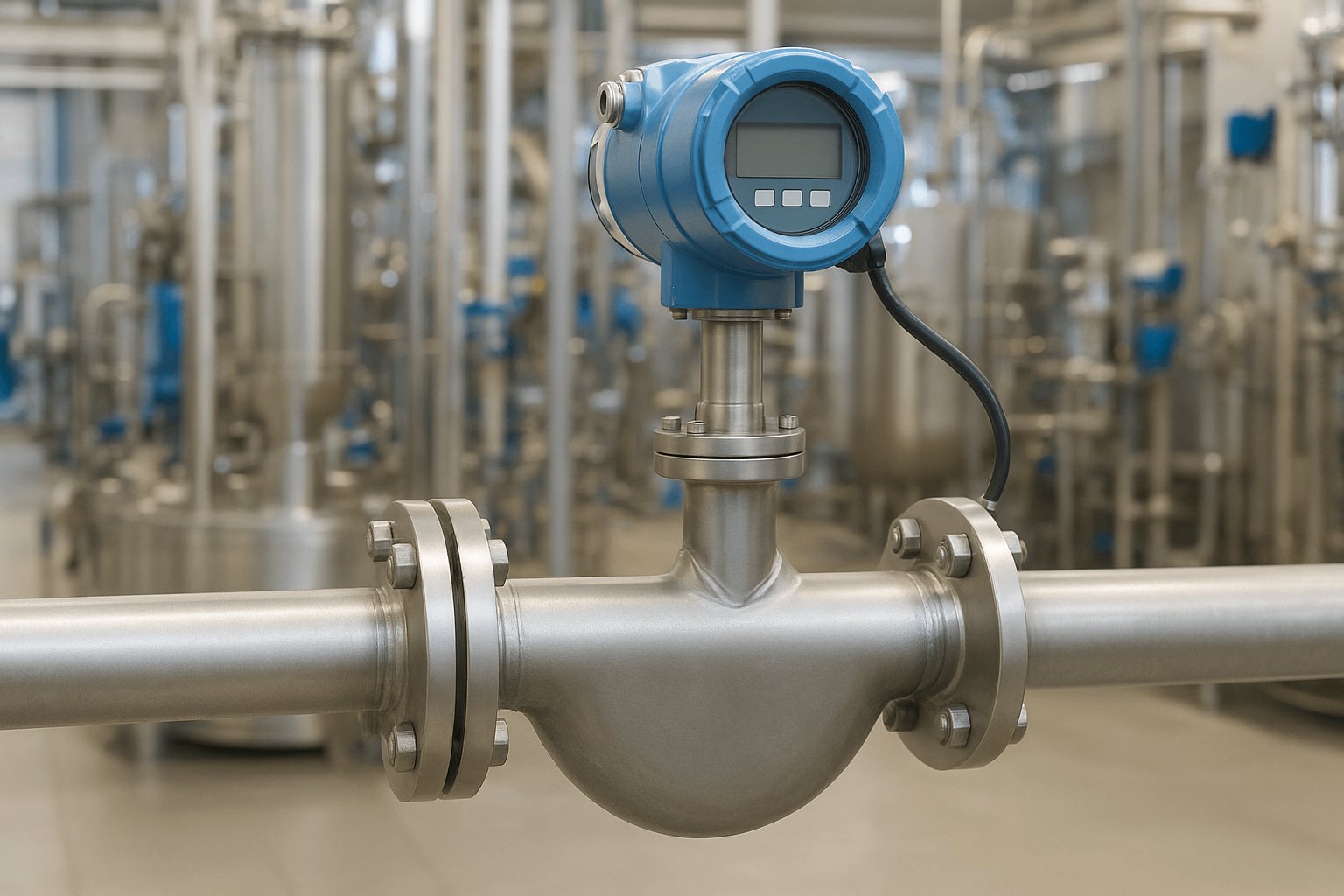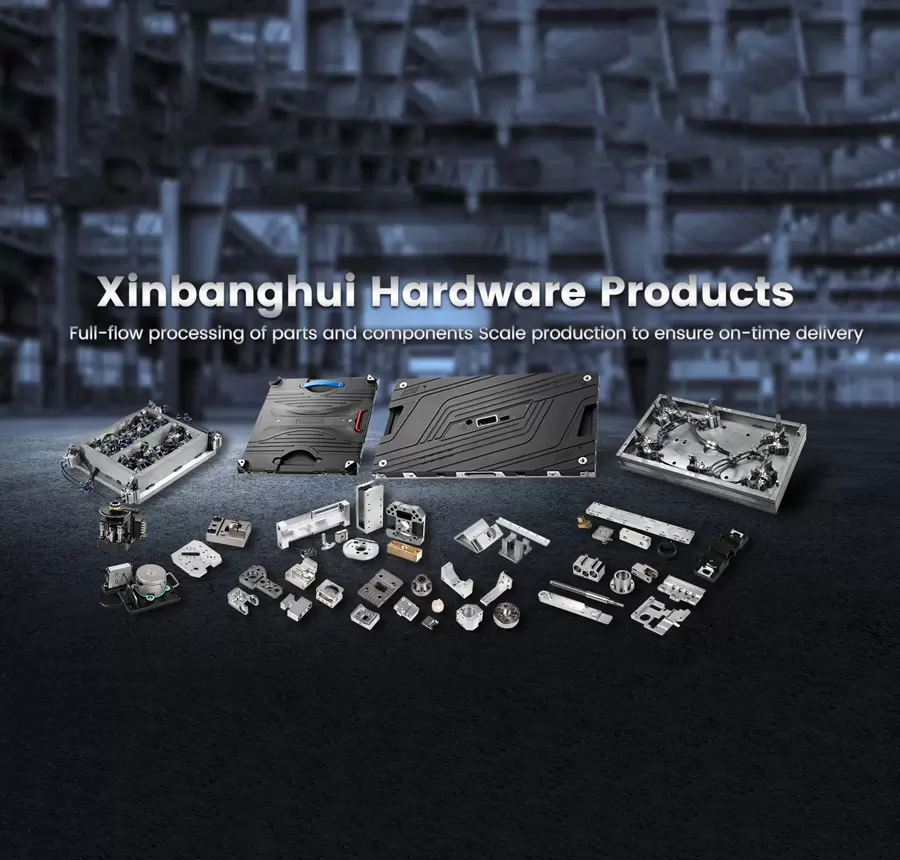The Elusive Sapphire Glass: Understanding Its Absence in Modern Technology
In the realm of advanced materials, sapphire glass has garnered significant attention for its remarkable properties, including exceptional hardness, scratch resistance, and optical clarity. Despite these advantages, it remains conspicuously absent from many consumer products, particularly in the smartphone and watch industries. This article delves into the reasons behind the limited adoption of sapphire glass, exploring its manufacturing challenges, cost implications, and the competition posed by alternative materials.
The Allure of Sapphire Glass
Sapphire glass, composed of aluminum oxide (Al2O3), is renowned for its impressive hardness, rated 9 on the Mohs scale, just below diamond. This characteristic makes it highly resistant to scratches and impacts, making it an ideal candidate for applications requiring durability. Additionally, sapphire glass boasts excellent optical properties, allowing for high levels of light transmission and minimal distortion. These attributes have led to its use in high-end watches, camera lenses, and certain premium smartphones.
Manufacturing Challenges
Despite its desirable properties, the production of sapphire glass presents significant challenges. The traditional method of creating sapphire involves the Verneuil process or the Czochralski method, both of which are energy-intensive and time-consuming. The process requires high temperatures and precise control to produce large, defect-free crystals. As a result, the yield of usable material is often low, leading to inefficiencies in production.
Moreover, the cutting and shaping of sapphire glass are more complex than that of conventional glass. The hardness that makes sapphire glass so appealing also makes it difficult to work with. Specialized diamond-tipped tools are required for cutting, grinding, and polishing, which adds to the overall production time and cost. This complexity can deter manufacturers from adopting sapphire glass, especially when simpler alternatives are readily available.
Cost Implications
One of the most significant barriers to the widespread use of sapphire glass is its cost. The manufacturing processes involved are not only labor-intensive but also require expensive raw materials and specialized equipment. As a result, the price of sapphire glass can be several times higher than that of traditional glass or even Gorilla Glass, a popular alternative known for its durability.
For manufacturers, the cost of incorporating sapphire glass into their products can be prohibitive, especially in competitive markets where price sensitivity is a critical factor. While luxury brands may justify the expense for high-end products, mass-market devices often prioritize affordability over premium materials. This economic reality has led many companies to opt for less expensive alternatives that still offer adequate protection and performance.
Competition from Alternative Materials
The rise of alternative materials has further complicated the landscape for sapphire glass. Gorilla Glass, developed by Corning, has become the industry standard for smartphone screens due to its impressive balance of strength, weight, and cost-effectiveness. With continuous advancements in its formulation, Gorilla Glass has improved its scratch resistance and impact performance, making it a formidable competitor to sapphire glass.
Additionally, other materials such as ceramic and reinforced glass composites are emerging as viable options. These alternatives often provide similar levels of durability at a fraction of the cost, making them attractive choices for manufacturers looking to optimize their product offerings.
Conclusion: The Future of Sapphire Glass
While sapphire glass remains a material of great potential, its widespread adoption is hindered by manufacturing challenges, high costs, and competition from alternative materials. However, ongoing research and technological advancements may pave the way for more efficient production methods and cost-effective solutions. As the demand for durable and high-quality materials continues to grow, sapphire glass may yet find its place in the mainstream market.




